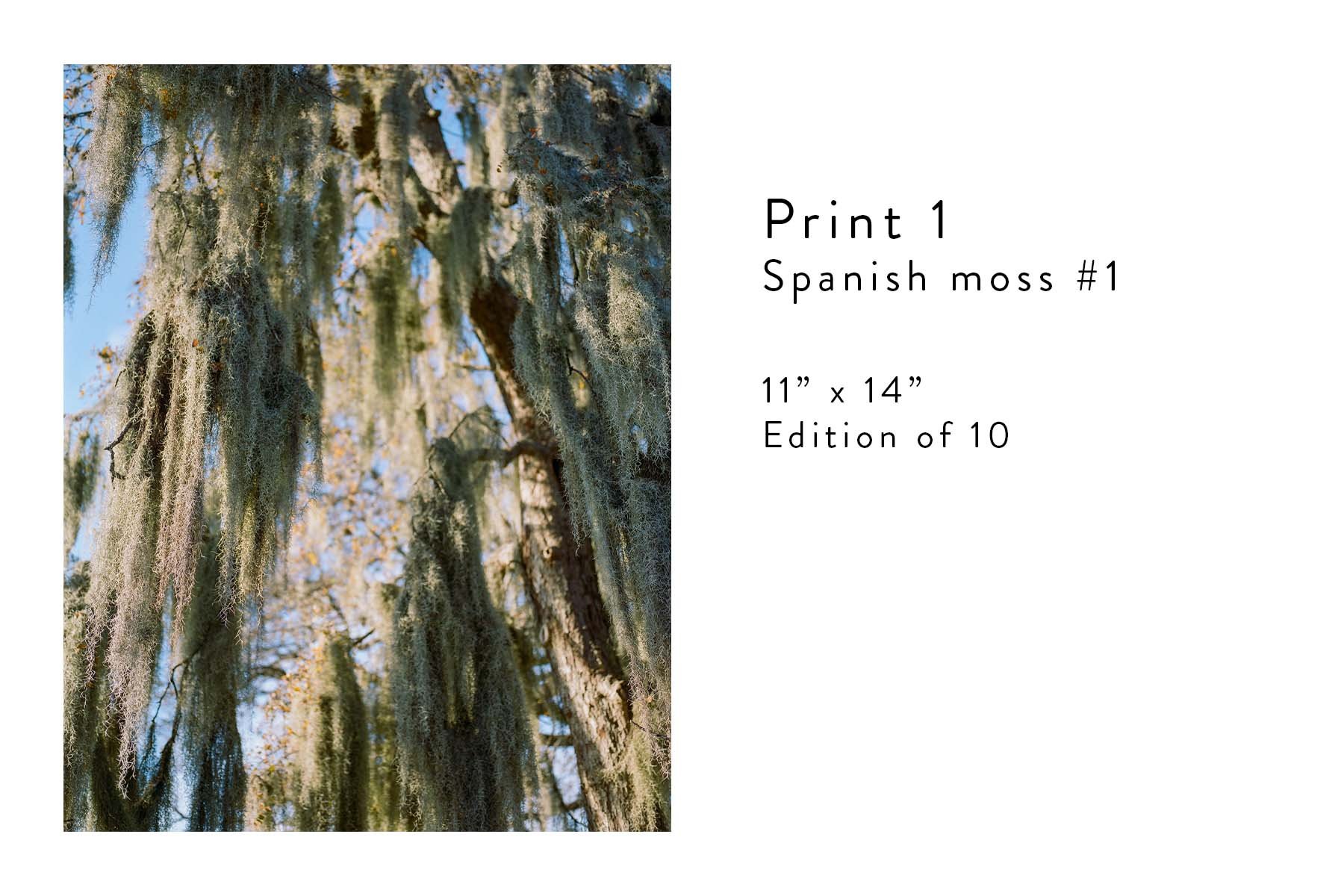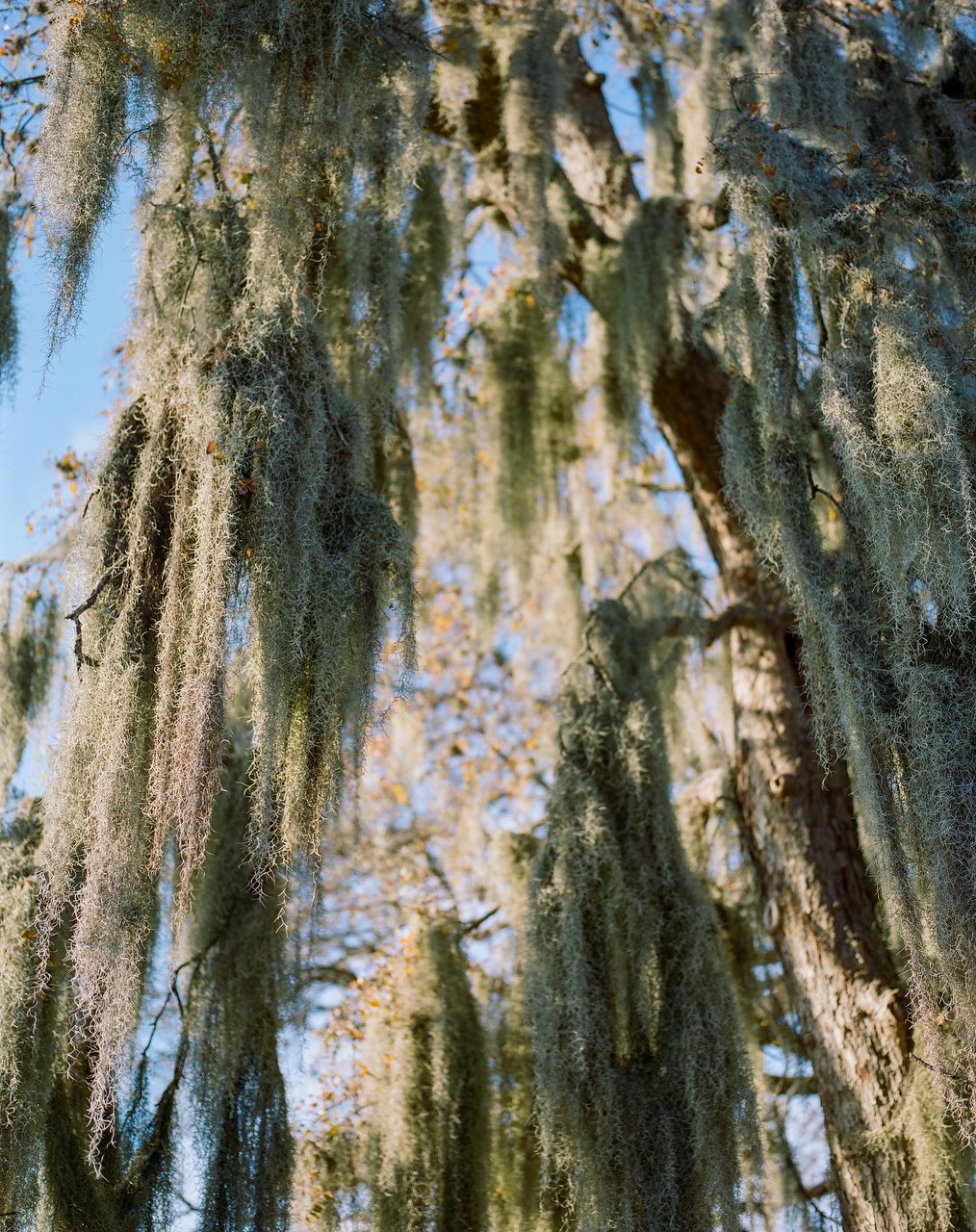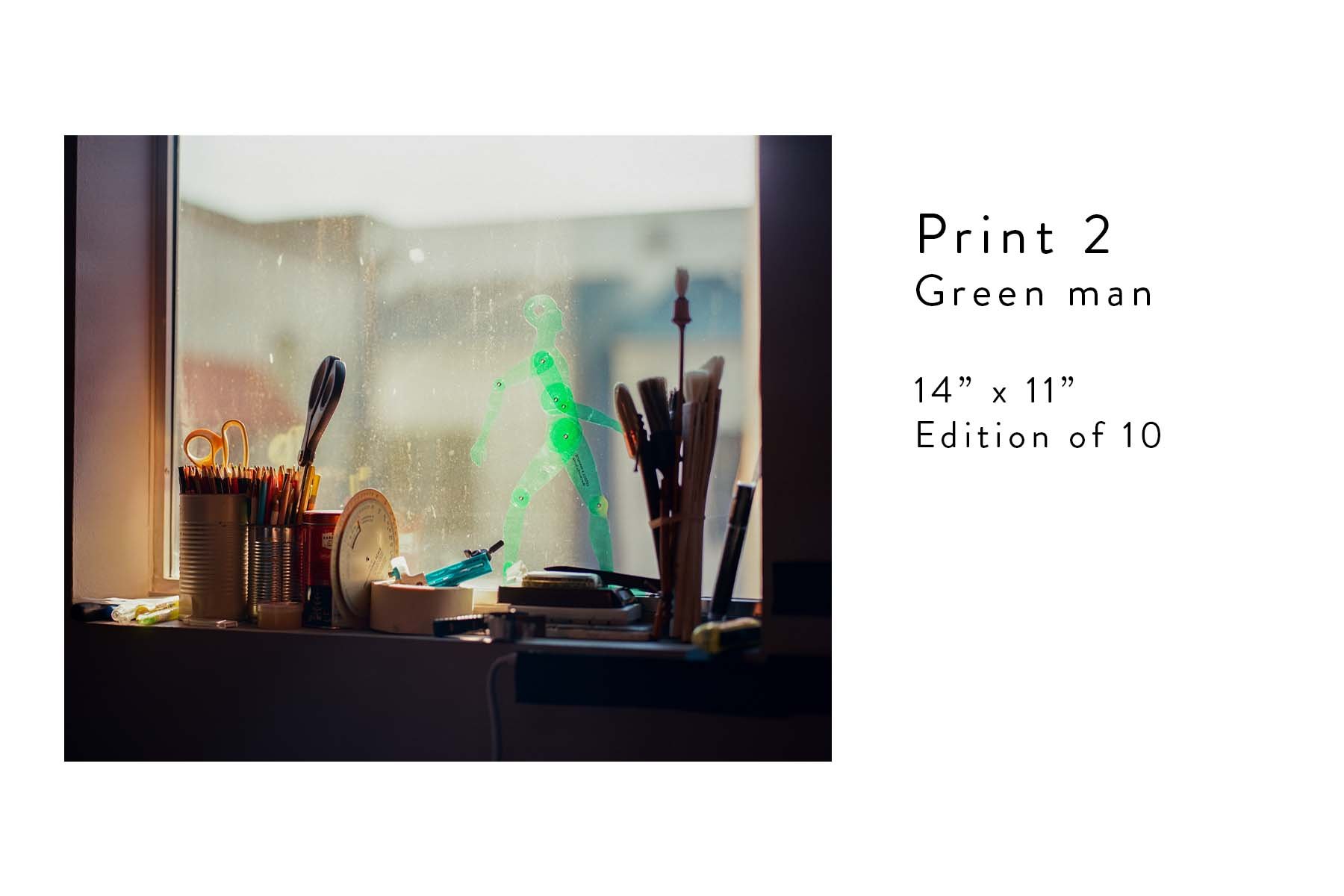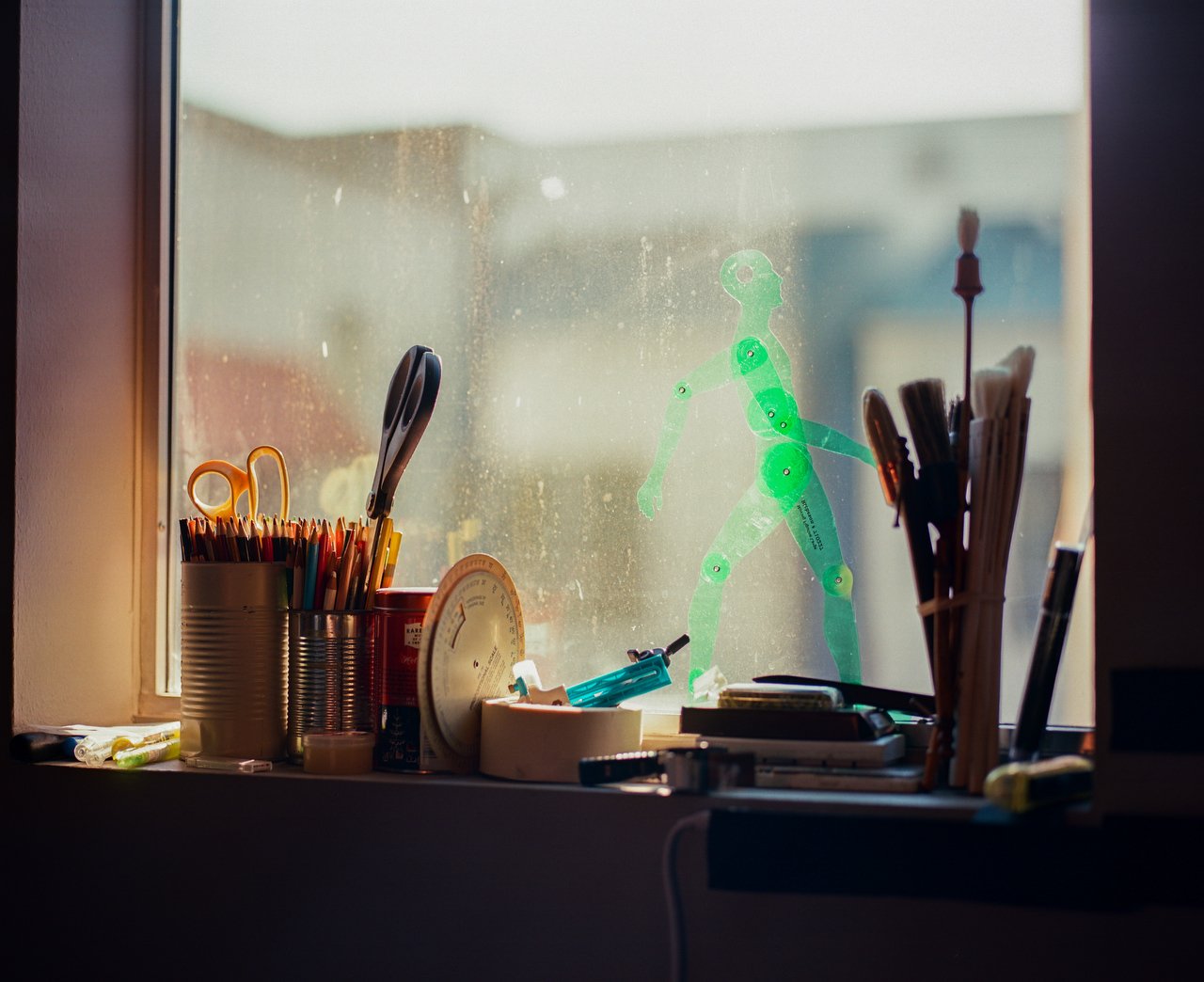Close to the Bayou (Pre Sale)
Close to the Bayou
Shipping Fall 2024.
Artwork and Text by Dimitri Staszewski
dimitri.studio
Design by Caleb Cain Marcus
luminositylab.com
Artist Statement
Close to the Bayou is a journey of artmaking in the face of death and explores what is passed on through that process. The work touches on themes related to male intimacy, sickness in isolation, mentorship, and cancer specifically.
Close to the Bayou follows the internal journey of Thomas Mann, an uncle figure and artistic mentor to the book’s author, Dimitri Staszewski, as Mann goes through treatment for prostate cancer during the height of the COVID-19 pandemic. During that unprecedented period of isolation, Mann, who is a jewelry and sculpture artist, continued producing work at a frenetic pace.
The book pairs images taken during Mann’s three-month treatment period with writing that spans the entirety of Staszewski’s lifelong relationship with Mann as their individual experiences flow together.
The work is meant to encourage audiences to question what it means to be close to the bayou. While that metaphorical space is open to interpretation, Close to the Bayou aims to guide viewers toward examining their own closeness with life and death, love, light, and the process of creating regardless of how much time we have left.
Exactly a year after beginning the project, Staszewski was diagnosed with cancer himself which required going through surgery and chemotherapy to cure his own cancer. During that process, Staszewski was forced to relearn many of the lessons he thought he had learned through supporting Mann. While the images in Close to the Bayou remain centered on Mann's treatment period, Staszewski's personal experience with cancer informed the work on a deep level as he worked to finalize Close to the Bayou the photobook.
About the Artist
Dimitri Staszewski is a photographer based in Austin, Texas. He’s interested in long-term projects that use intimate and specific storytelling to shed light on relatable and global issues. Cultural preservation is often at the core of his work and bookmaking has become essential to his practice.
Staszewski’s background is in photojournalism, but this project was a work of personal discovery. Close to the Bayou allowed Staszewski to break from some of the more rigid structures that exist within photojournalism. The process of creating the work actively expanded Staszewski’s practice into something that never existed before. Today, Staszewski sees himself as an artist, which he wouldn’t considered himself before creating this new work.
The Creation Process
Creating this project has been a three-year endeavor that has taken some surprising twists and turns.
The process of creating this work started as Staszewski drove back and forth from Austin to Houston each weekend to support Mann through his treatment. In Houston, Staszewski and Mann would spend hours in a makeshift jewelry studio they had set up in the garage of the short-term rental where Mann was staying. Staszewski grew up making jewelry with Mann and his own father, who is also a jeweler. During Mann’s treatment, he helped Mann complete an expansive body of work. At night they’d cook elaborate meals together and talk late into the night. They’d ask each other the big questions that were on their minds.
What does it mean to be an artist? What does it mean to continue to create work in the face of death? What happens with all this stuff when we die? Who are we really making this for?
The amount of time that was spent actually making images was insignificant when compared to the process of creating this work as a whole. The rhythm of driving to Houston, sawing metal for hours, and listening to each other sparked a vibrant inner monologue in Staszewski. That process created a highly charged, creative environment. Arriving in Houston, he’d often run straight to his computer to jot down the thoughts that were spinning through his mind as he made his way across the Texas highway. The image-making process became very intuitive for him as well. He’d go through 2-3 rolls of 120 film each weekend with only 10 images on each roll.
A year after starting to help Mann, Staszewski would go on to spend 40 hours a week sitting in a transfusion center as he went through chemotherapy himself. A couple of months after finishing chemo, he pulled into the parking lot of the oncology office where he’d receive transfusions and checkups. He was getting his blood drawn to confirm he was still cancer-free. The words that finish the book popped into his head.
The slow and winding rhythm of the creation process ultimately became the foundation for the work.












